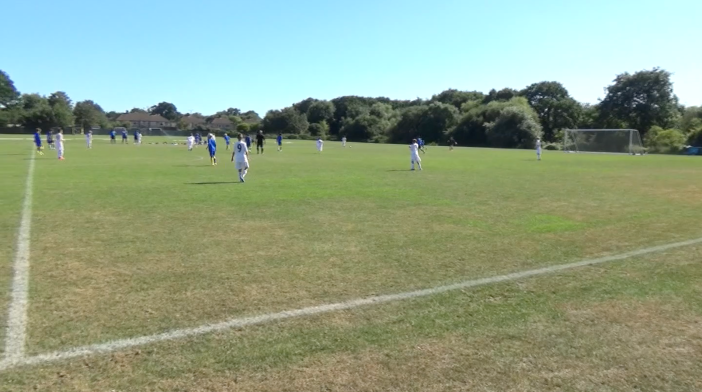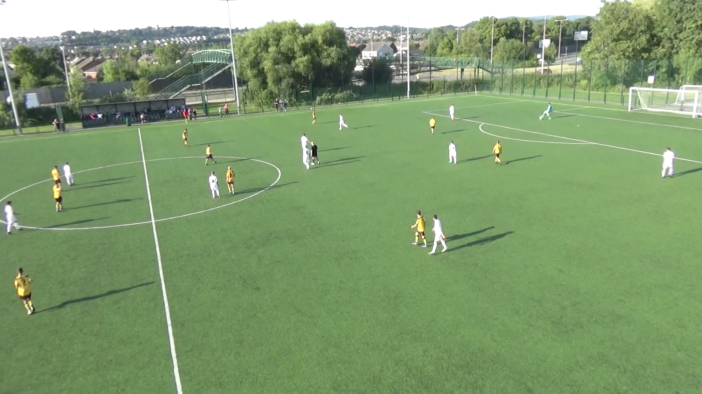So here it is, my first attempt at blogging in about two years! I’ve chosen to write a series of blogs that draw upon my experience since I graduated with my undergraduate degree, whilst exploring the areas of performance analysis that interest me most. Having worked in professional football for two years, I now feel immersed within the analysis discipline, providing me with the basis to form some sort of insight, which I hope can eventually help others in their development. Since I found full time employment as an analyst and have had the time to develop within this environment, it feels a natural progression to get some of these thoughts down on paper, even at this early stage in my career.
The origin of these blogs dates back to my university dissertation, in which I assessed Cardiff Met’s performance analysis provision across a range of sports. The idea was to identify what elements the players, coaches and analysts found valuable and where improvements could be made. This first instalment will be to discuss the best ways in which learning through analysis can be ensured when contact time is limited, through the use of online platforms. My experience is within academy football, but the same principles can be applied to any sport. Almost every team receiving analysis feedback will have access to some sort of online video feedback mechanism, whether it’s simply YouTube, Dropbox or paid platforms such as Replay Analysis, Hudl or Team Performance Exchange to name but a few. Having spent countless hours pouring over details on Replay Analysis myself, I’ve produced a list of pointers that should assist any analyst or coach attempting to provide analysis feedback from a remote location.
1. Choosing the right platform for you
Before committing to using any old platform, it is worth researching into which one is most suited for your organisation. Is it compatible with the analysis software you use? Does the company ensure regular updates and assist you in troubleshooting? Is the system visually appealing to players? It is always worth getting in contact with someone who is currently using it to gauge whether they’d recommend it to you. Many platforms also have built-in calendars and messaging functions – is this something you need? Most now have mobile app versions, which will appeal much more to younger audiences and allow them to engage on the go. It is always important to take budget into account. There are free ways to share video footage with players, but after taking into account what you’re looking to achieve, is it worth paying extra?
2. Quality of footage
This is something which is often overlooked, but I see as the most important element. Players are much more likely to learn from footage which has a lot of elevation, good quality and the right level of zoom at the right times. Important tactical messages can get lost in poor camerawork. Once the match footage is uploaded and the analysis is attached, are the clips of a good length? And are they relevant? Players are likely to lose interest very quickly if the clips are too long or don’t make sense to them, especially at younger ages. Grouping or labelling clips can allow the players to digest them more easily, with most online platforms having some sort of playlist function.


Elevation is the key to successful tactical messages.
3. Ownership
To gain full engagement from the player, I’m a firm believer that they must be responsible for their own development. Without the desire to improve themselves, they are unlikely to give your detailed analysis the attention it deserves. For this reason, organic discussion around video clips using the system’s commenting function between player, coach and analyst can be one of the most beneficial feedback mechanisms. Players can ask honest questions in private, with direct links to video footage, which they may not have had the chance to ask previously; they can access these platforms 24/7 and leave a comment, to which the coach has flexibility to reply when they can. For this reason, it is important to create a culture of honesty and openness. Organisations can structure this process in different ways. For example, some may choose to use it as an open forum for discussions between individuals/units/the team, whereas others may choose to revisit pre-identified areas for improvement; a ‘roots and wings’ approach. Expectations can vary. Some may see this commenting process as compulsory; some may leave it up to the player if they choose to engage. Most systems house a usage reporting function which can be called upon if required.
4. Consistency
Like it or not, we are creatures of habit. We like routine. Once the initial groundwork has achieved its intended effect and players get used to a process, it is imperative to continue in the same vein. Uploading footage promptly post-match, keeping coding processes aligned and responding to questions in an effective manner are just some of the ways we can keep players on board with our methods.
By addressing these aspects when using online video management platforms, player engagement is more likely to be achieved, with learning not far behind. In the coming weeks, my next blog will look at ensuring player learning in a performance analysis setting when creating and delivering analysis presentations.
Sam Mincher